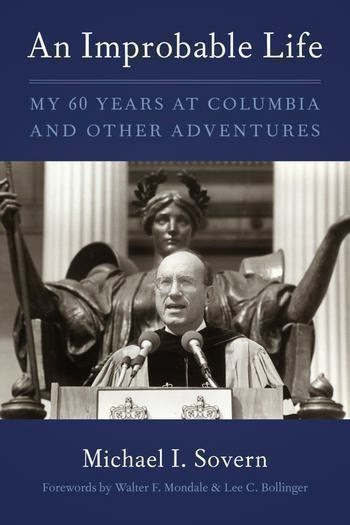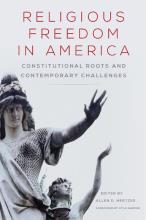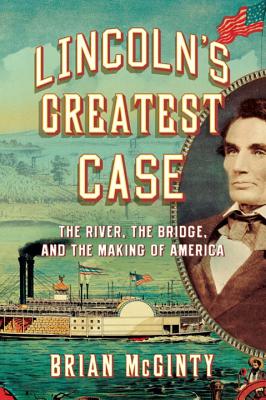As a fitting last post, I thought I’d write about epilogues.
My book’s epilogue was, perhaps, the hardest thing for me to write. After
spending so much time reconstructing this history, now I was supposed to stand
back and say something about it? Hadn’t I said enough already? I kept putting off writing it, agonized about it a ridiculous amount, then sat down one day
and wrote it out. Phew, I thought, at last that is over. Except nobody liked
it. It was fine. In fact, I turned the manuscript in to the press with my
adequate epilogue. But I knew that if I could, I needed to come up with
something better. I just didn’t know how.
This brings me to a brief segue into cultivating a group of
supportive but critical readers. First and foremost for me was my editor Sally
Gordon who pored over every word of the manuscript, sat me down for tough
talks, and like an excellent coach, didn’t stint on pep talks or praise. I have
also relied on writing groups. I formed my first during graduate school with a
few people from my history program who were living, like me, in New York. At
Penn, where I now teach, we have created a fantastic writing group that brings
together faculty, fellows, and graduate students working in legal history.
Whether what I received was helpful conversations about writing or a work over
of a chapter, this group was invaluable in my book-writing process. But my
secret weapon has been my good friend from graduate school, Dara Orenstein. She’s
brilliant and astute, which has made for a handful of critically timed,
incredibly helpful conversations, usually more at the conceptual level than
about the nitty-gritty details of writing. Dara’s the kind of person I could
call up and ask what a book cover should accomplish and I credit her for guiding
me to my cover’s design. She’s also whom I turned to when I was stuck with my
epilogue.
What follows is really Dara’s insightful advice, not mine.
Dara gave my dull epilogue a quick read and, like a master diagnostician, broke
its problems down for me. An epilogue, Dara observed, can do four things:
First, it can summarize the history in the book. Second, it can offer a new
slant on that history. Third, it can offer new information. And fourth, it can
raise new questions entirely. An author can do a couple of these in an epilogue
(e.g., offer new information and use it to raise new questions) but she can’t
do all four. I, Dara pointed out, was doing all four. Further, Dara opined,
summarizing, which is where I began, is the least interesting thing to do in an
epilogue. And providing new information, especially when it is crammed in with
so many other things, raises particular dangers. After providing a carefully
wrought history, if you then skim across several decades or centuries in your
epilogue, you risk jarring superficiality, not to mention outright errors.
I had to rewrite the epilogue, Dara prescribed. I couldn’t
do everything; I had to choose. At a more meta level, she pointed out that
summarizing and adding new information let me write the epilogue from a
reporter’s remove. The strongest epilogues, Dara insisted rightly, use a strong
voice, the author’s voice.
So we sat there over her dining room table and she made me
talk about the book: why I wanted to write it, what I wanted readers to get from
it, etc. When we got to something that resonated, I wrote it down. And after an
hour or so of talking it out, literally in my own voice, I had a list of points
I wanted to make in my new epilogue. That week, I turned the list into an
outline and hammered out a new version of the epilogue. You’ll have to judge
for yourself if I found my voice and if it achieves the right mix of goals. But
I guarantee you it is a much better epilogue than the one I began with.
What epilogues have you found particularly effective? Are
there other things an epilogue can or should try to accomplish? Comments
welcome!

















